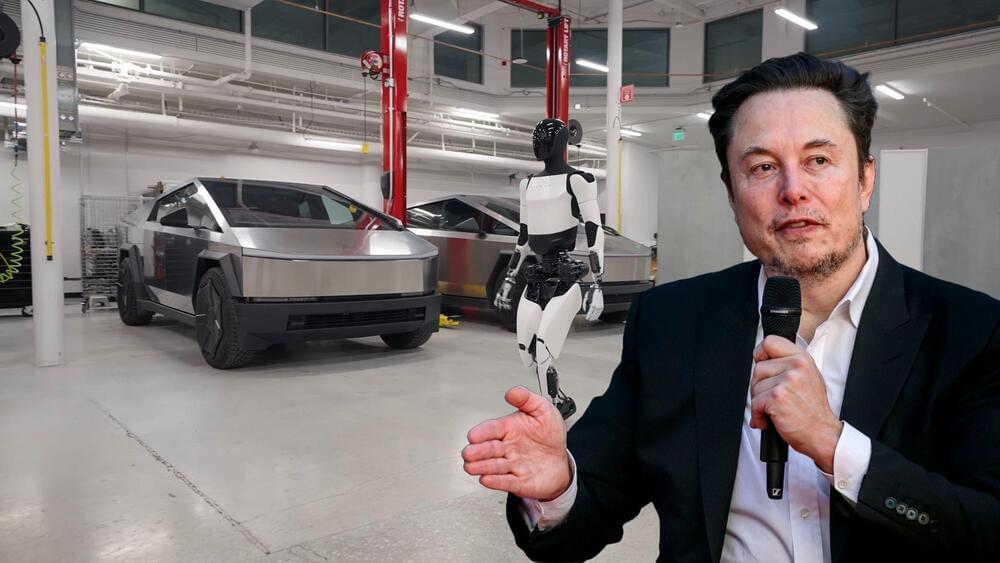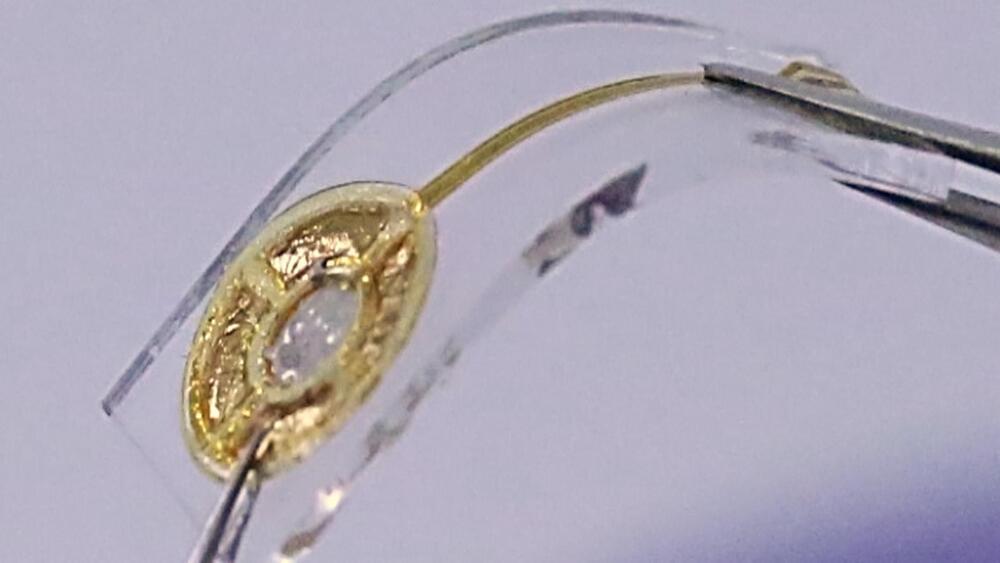Industrial mishaps are not rare but caution is prime. Tesla’s CEO Elon Musk has lashed out at the media for sensationalizing an old injury caused by a robot at his Giga Texas factory in Austin, Texas. He claimed that the media was trying to link the incident to his futuristic Optimus robots, which he said would usher in a new era of abundance.
The incident, which happened two years ago, involved a software engineer who was programming software for robots that cut car parts from freshly cast aluminum. While he was working, he was unaware that one of the robots was still active while the other two were disabled for maintenance. The active robot then attacked the engineer, pinning him down and clawing at his back and arm. The attack left a trail of blood on the factory floor, as well as an open wound on the engineer’s left hand.








